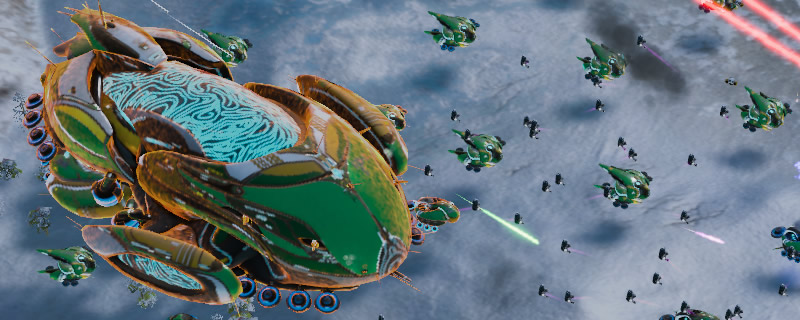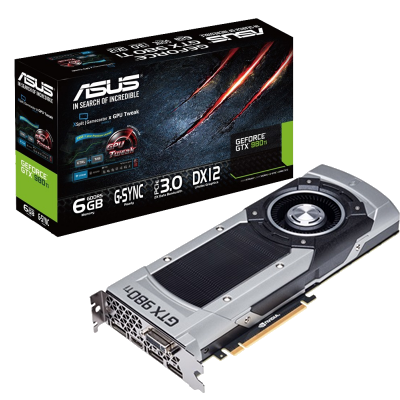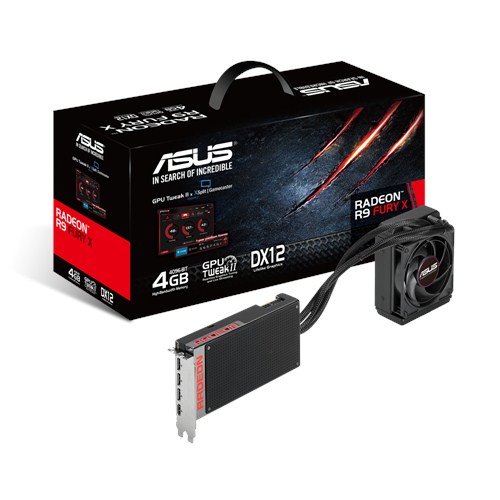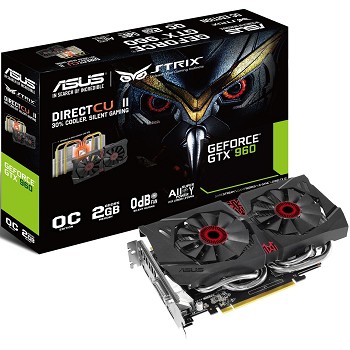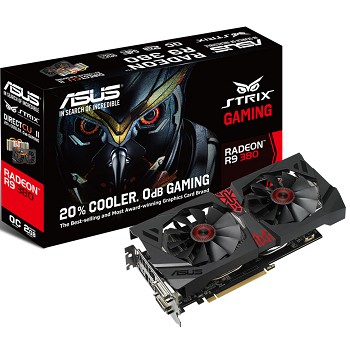Ashes of the Singularity Beta Phase 2 DirectX 12 Performance Review
Ashes of the Singularity Beta Phase 2 DirectX 12 Performance Review
Â
Ashes of the Singularity is one of the first wave of games that supports DirectX 12, using the new API to take the Real Time Strategy (RTS) genre into a whole new scale, allowing thousands of units to appear on-screen at once and deliver great game performance by making efficient use of your PC hardware.Â
Ashes of the Singularity was the first game to release a benchmarking tool for DirectX 12 back in summer 2015, but with the game being in early Beta these results were a simple showcase of what the API could do on a basic level with early GPU driver support for the API. Now the game has entered its Beta II Phase, adding several new unique DirectX 12 features and making significant changes to the game’s benchmarking Utility, adding the games second faction to the benchmarking tool and making better use of DirectX 12 Asynchronous Compute and allowing the use of several non-matching GPUs with DirectX 12 Explicit Multi-GPU support.Â
This review will be looking deeply into the affects of the DirectX 12 API on a single GPU system, but we have looked into Explicit Multi-Adapter in a separate article and have combined the powers of our GTX 980Ti and R9 Fury X to make a Hybrid monster of a DirectX 12 system.Â
Here we will see exactly what DirectX 12 will bring to the table. Will if offer the performance gains that we have all been hoping for, or will DirectX 12 turn out to be another meaningless API update?Â
Â
Â
What is Ashes of the Singularity?
Ashes of the Singularity is an all new RTS (Real-Time Strategy) game that is based in a post-technological singularity universe in which humans have begun to colonize the stars.
In this game humanity now faces a new foe that threatens to completely annihilate them, this race is the Substrate, a race of machines that seeks to control the same fertile and habitable worlds that humanity trying to claim for themselves.
Â
DriversÂ
For this game we will be using the newest drivers that were available when the game released, which is Nvidia’s Game Ready Geforce 361.91 driver and AMD’s 16.1.1 Hotfix driver, both of which became available to the public in the past month. Â
Â
Test Setup Â
We will be testing this game on our dedicated GPU test rig using the current flagship GPUs from both AMD and Nvidia. Both GPUs will be the reference design and will be ran at stock settings.Â
Â
AMD R9 Fury X & Nvidia GTX 980Ti
Intel Core i7 6700K @ 4.7GHz
ASUS Maximus VIII Hero
G.Skill Ripjaws 4x4GB DDR4 3200MHz
Corsair HX1200i
Corsair H110i GT
Windows 10 x64Â
Nvidia GTX 980Ti (Left), AMD R9 Fury X (Right)
Â
To represent AMD and Nvidia’s Mid range GPU offerings we have decided to use the AMD R9 380 and the Nvidia GTX 960. Both of these GPUs will be the ASUS Strix models
Both of these GPUs offer very similar performance in most scenarios and come in at very similar pricepoints, so it will be very interesting to see which GPU will come out on top.Â
Â
Nvidia GTX 960(Left), AMD R9 380(Right)
 Â



